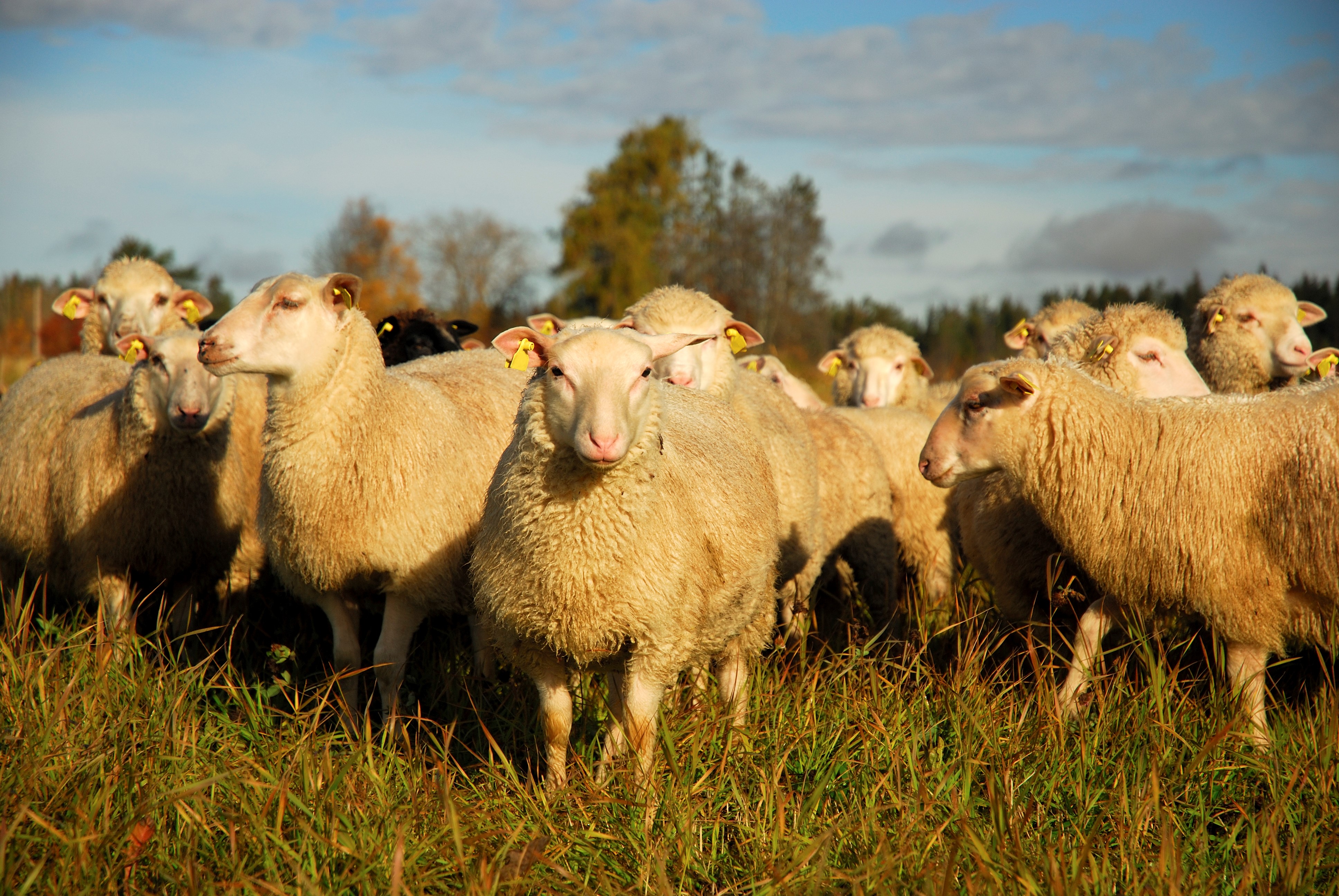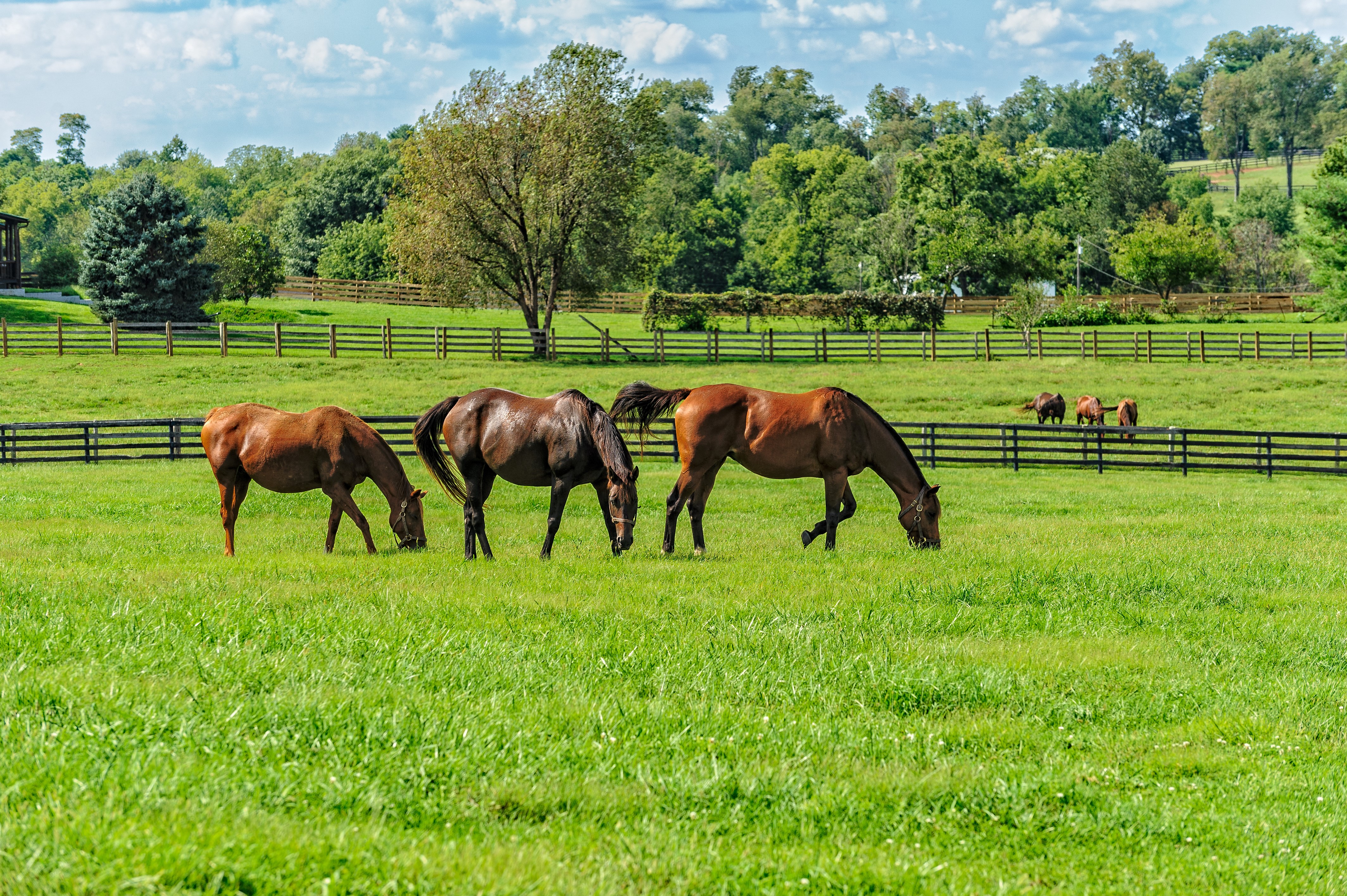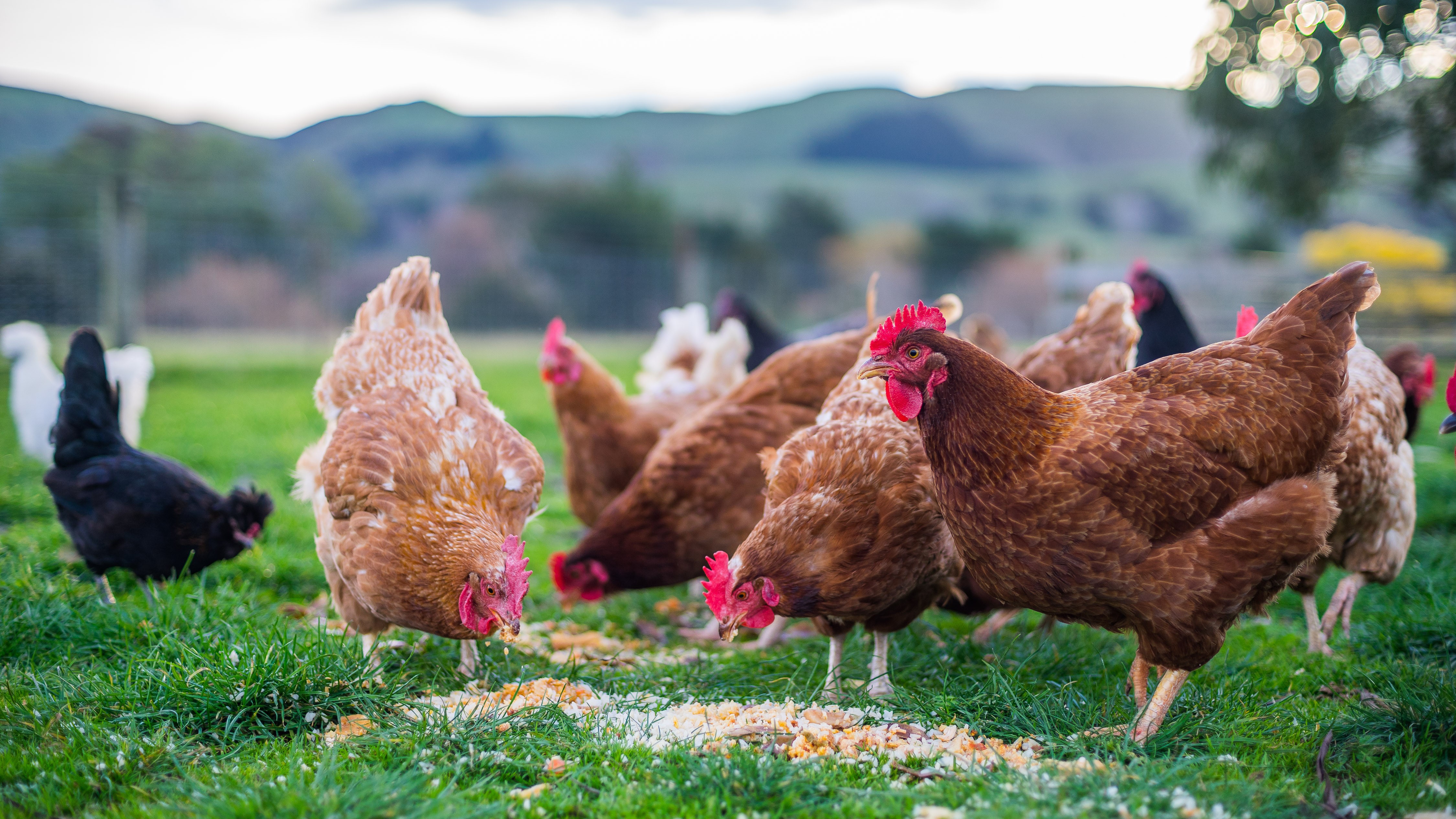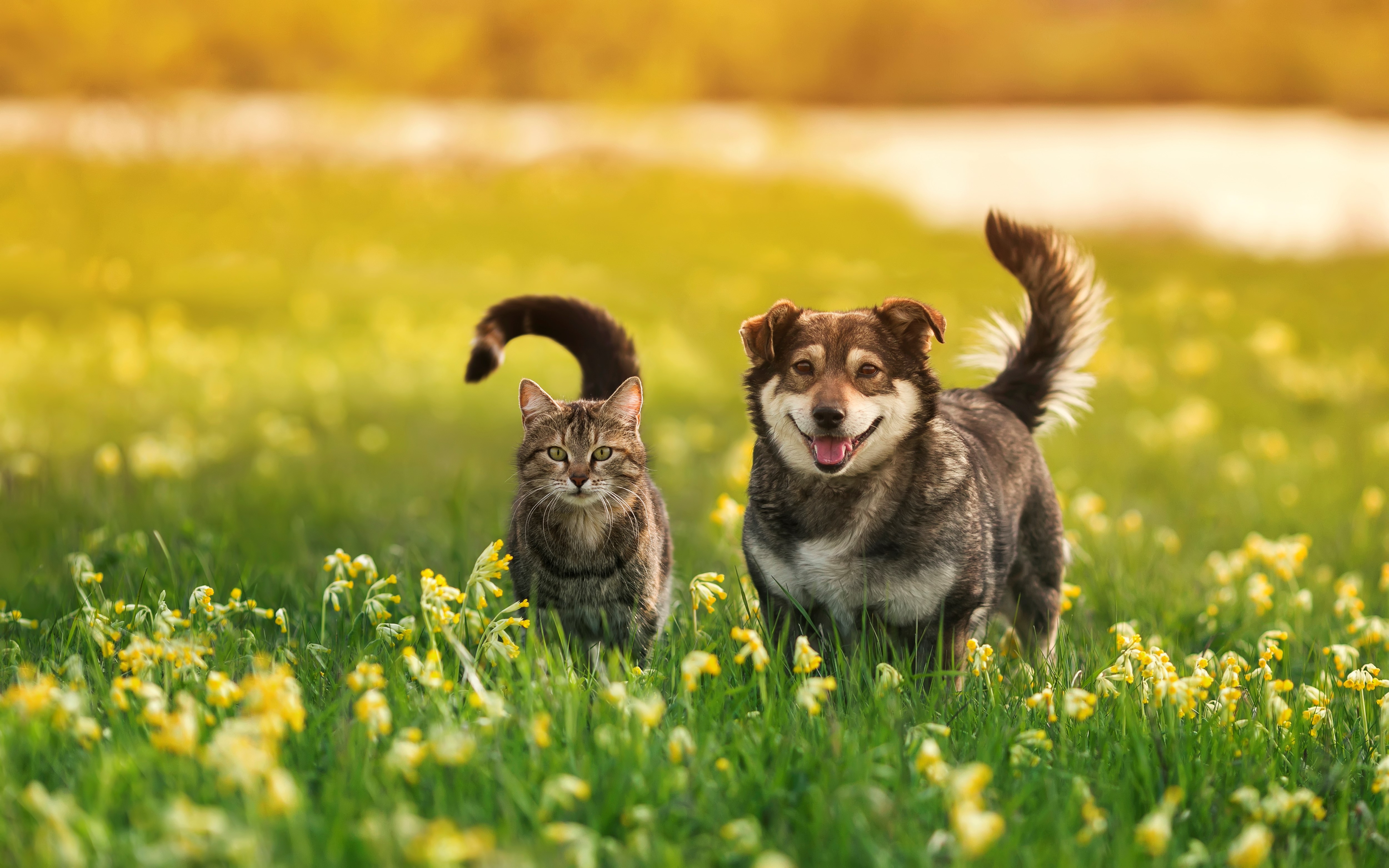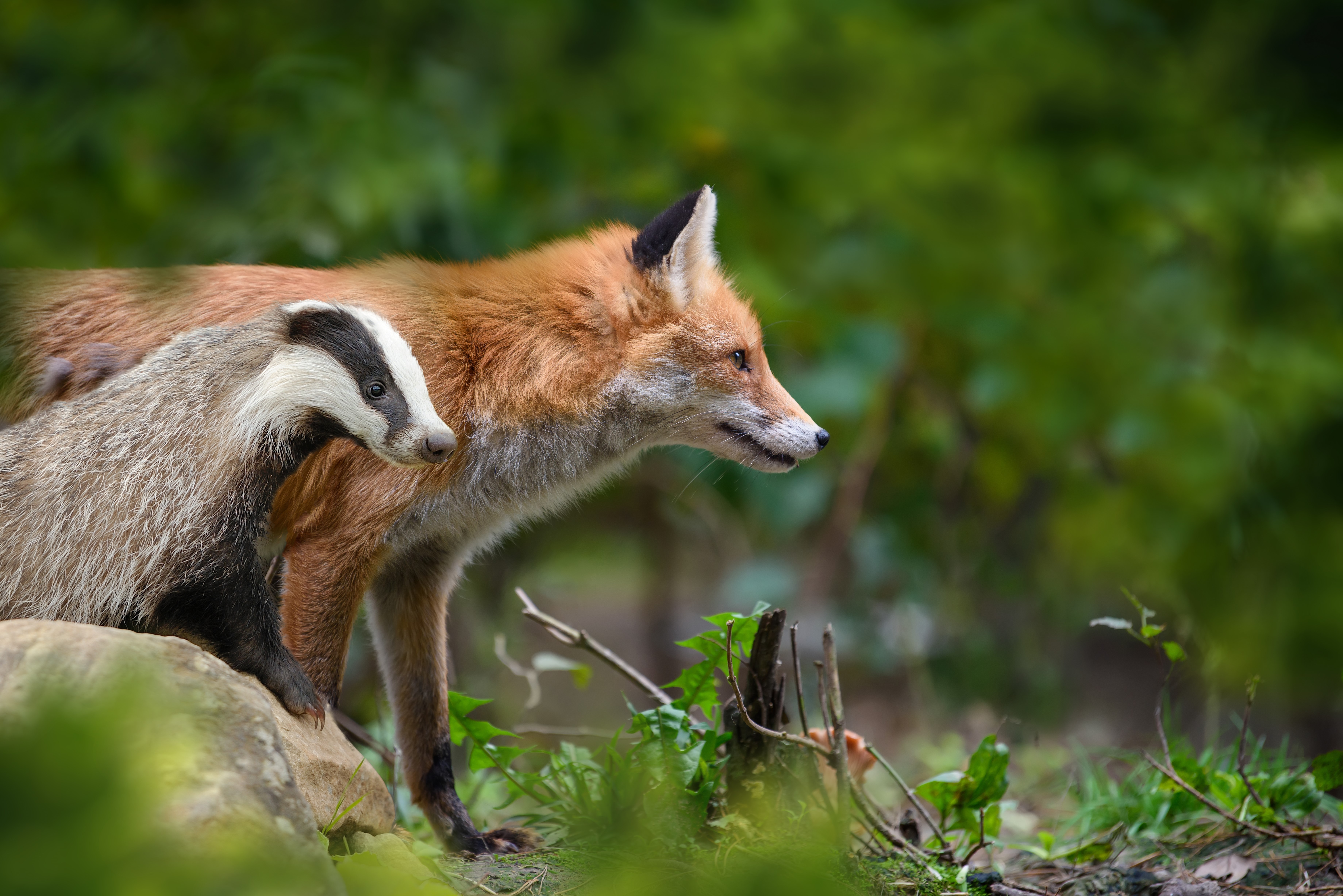Photosensitisation
Photosensitisation is a condition that can elicit a variety of clinical signs and usually it is easily diagnosed upon clinical examination.
It is a sensitivity of the skin to sunlight; it occurs due to photodynamic agents in the animals’ skin cells reacting with light particles (photons). This causes cell death and the resulting clinical signs of oedema, erythema and sloughing of skin in more advanced cases. Sparsely haired and unpigmented areas of the animal are most affected including around the eyes, ears, muzzle, udder, vulva, scrotum and areas of white or pale hair. Pigmented areas are less vulnerable due to the increased melanin density.
The condition can be classified into primary or secondary light sensitisation.
Primary photosensitisation:
- Porphyrins are photodynamic agents which form part of molecules such as chlorophyll and haemoglobin. Clinical signs can result following ingestion of plants containing these agents e.g. St John’s wort (Hypericum perforatum) and Giant hogweed.
- Less commonly porphyrins can result from defective haemoglobin metabolism e.g. Congenital porphyria, a rare congenital condition.
Secondary photosensitisation:
- Underlying hepatic damage can result in secondary photosensitisation. The hepatic damage renders the liver unable to effectively breakdown chlorophyll and so its metabolite phylloerythrin is released into the blood stream where it behaves similar to other porphyrins. Such hepatic damage can be due to several aetiologies e.g. Liver fluke, ragwort poisoning. There may be other signs of systemic illness in these animals.
Finally, on rare occasions, a localised form of photosensitisation can occur due to sap from certain plants which contain psoralens.
For all classifications of photosensitisation, although the pathophysiology can be slightly different, the outcome of skin necrosis and sloughing is similar.
It’s a painful condition and behaviour in affected animals include restlessness, tail swishing, kicking at udder or unwilling to allow suckling or milking.
Treatment involves removing the initiating cause, providing cool, shaded housing and preventing myasis. Anti-inflammatories and antibiotics in the case of a secondary skin infection are given on an individual basis.
Most cases will resolve, although it could take some time for the skin to fully heal. Recovery from secondary photosensitisation will depend on the extent of liver damage, if severe it could carry a poor prognosis. If several animals are affected, it should warrant further investigations.
Differential diagnosis could include Besnoitiosis, Infections Bovine Rhinotracheitis, Malignant Catarrhal Fever and Bluetongue.
If you suspect photosensitisation in your animals please contact your private veterinary practitioner for further advise.
